
It’s no longer just plastic bags and takeaway containers we have to worry about. Now, tiny plastic particles—known as microplastics—are showing up in our tap water, bottled water, the food we eat, and even the air we breathe. Yes, plastic has officially invited itself to dinner.
While we Aussies are known for our love of clean beaches and wide-open spaces, research shows microplastics have already made themselves comfortable in our water systems—and we’re drinking them daily.
But what exactly are these teeny invaders, where do they come from, and what are they doing to our health and our planet?
What Are Microplastics?

Microplastics are tiny plastic fragments less than 5mm long (roughly the size of a sesame seed, if that helps you visualise it). Too small to see, but not too small to matter. They come in two types:
Primary Microplastics
Manufactured to be small, like the microbeads once common in face scrubs and toothpaste but thankfully now banned in many places.
Secondary Microplastics
Broken down from larger plastic waste like water bottles, food wrappers, synthetic clothes by sunlight, wind, and ocean waves.
How Microplastics Sneak Into Your Drinking Water
Ever wondered how tiny bits of plastic end up in your glass? It’s not as far-fetched as it sounds—microplastics are pretty much everywhere.
They shed from synthetic fabrics when we do the laundry. They flake off from plastic packaging, paints, and personal care products. Even opening a single-use plastic bottle can release microplastics into the water inside. It’s a quiet, invisible problem—but one that adds up quickly.
In fact, it’s estimated that each Australian releases between 0.7 and 21 grams of microplastics into wastewater every year. That might not seem like much, but across the population? It’s like pouring tonnes of plastic confetti down the drain with every wash, rinse, or scrub.
From there, it’s a full-circle journey: rainwater carries plastic pollution into rivers, lakes, and reservoirs—the same sources that eventually flow into our taps or get bottled for sale. And once it’s in the system, it’s hard to filter out.

A global study found microplastics in 83% of tap water samples, and another report confirmed the presence of common plastics like polypropylene (PP) and polyethylene (PE) in local water supplies.
And bottled water? Not much better. Heat and time can cause plastic packaging to break down and leach particles into the water. So that bottle rolling around in the back of your car? It might be carrying more plastic than what you bargained for.
Are Microplastics Harmful to Our Health?
Now, here’s the thing: we don’t have all the answers just yet. But let’s just say our bodies weren’t built to process plastic, especially not on the daily.
Every day, we’re unknowingly consuming microplastics through our food, drinking water, and even the air we breathe. According to a WWF report, the average person could be ingesting around 5 grams of plastic each week. That’s roughly the size of a credit card. A week. Let that sink in.

While scientists are still studying the long-term effects, early findings raise some health risks of microplastics:
-
Hormonal disruption – Some chemicals found in microplastics may interfere with how our bodies regulate hormones, which can potentially affect everything from metabolism to reproductive health.
-
Gut health – Microplastics may disrupt the delicate balance of bacteria in our digestive systems, which plays a major role in digestion, nutrient absorption, and even mood.
-
Immune response and inflammation – These tiny particles can trigger immune reactions and low-grade inflammation in the body, which over time, may contribute to chronic health issues.
It gets worse. When microplastics pass through wastewater treatment systems, they can pick up bacteria and toxic substances, essentially acting like tiny vehicles for things we don’t want in our bodies. Plus, many plastics contain chemical additives, some of which could leach into our bloodstream once ingested.
They’ve already been found in human blood, lungs, and even placentas—which is a pretty big wake-up call. While we’re still waiting for the full scientific picture, there’s one thing we can all agree on: less plastic in the body is always a good thing.
Environmental Effects of Microplastics
It’s not just our health at stake. Microplastics are wreaking havoc on ecosystems across Australia and beyond.

Here’s the damage in a nutshell:
-
Aquatic animals often mistake plastic for food, which can cause starvation or toxic build-up in their systems.
-
Soil and crops aren’t safe either. In Australia, microplastics from wastewater are ending up in agricultural soil via fertilisers and irrigation.
-
Marine ecosystems are under constant pressure. In Brisbane’s Moreton Bay alone, researchers found the equivalent of 7,000 metric tonnes of microplastics from surface sediment samples—that’s roughly 1.5 million plastic bags or three Olympic-sized swimming pools worth of plastic bits.
-
UNESCO estimates there are 50–75 trillion pieces of plastic and microplastic in the world’s oceans. That’s not just pollution—it’s plastic saturation.
How to Reduce Microplastics in Your Water at Home
There’s no switch to instantly turn off the microplastic tap, but there are simple steps you can take to reduce your exposure.
1. Choose Filtered Water
At Earths Water, our advanced water filters are designed to reduce contaminants—including microplastics—giving you cleaner, better-tasting water from the tap or on the go.
Our popular picks:
-
Benchtop Water Filters - stylish and sustainable, perfect for families
-
Water Filter Bottles - your hydration buddy for the gym, office, or any outdoor adventures
-
Under Sink RO Water Filter - premium tap water filtration for microplastics and other nasties without the clutter

Looking for more? Explore all products from our water filter collection.
2. Ditch Single-Use Plastics
Every reusable bottle helps. You’ll reduce plastic waste and the risk of plastic particles leaching into your beverages.
Learn more about how Earths Water filters can help protect you and your family from all the nasties that unfiltered water may come with.
3. Wash Clothes Smarter
A lot of microplastics come from synthetic clothes in the washing machine. Use a laundry bag or filter to catch fibres, and wash at lower temperatures to lessen microfiber/microplastic release.
4. Filter What You Breathe & Eat
You can also reduce microplastic exposure by:
-
Dusting regularly
-
Choosing natural fibres over synthetic clothes
-
Covering your food when eating outdoors or near open windows
5. Advocate & Educate
Support bans on single-use plastics (especially microbeads), push for improved wastewater treatment, and educate others about microplastic pollution. Every bit counts.

It’s Time to Filter Out Microplastics—For Good
Microplastics may be tiny and sneaky, but that doesn’t mean you have to gulp them down with every glass of water. By staying informed, making conscious choices, and investing in high quality water filters, you can protect your health while also reducing your plastic footprint.
We might not have all the answers on microplastics yet, but here’s what we do know: clean water should be just that—clean. No floating plastic bits required.










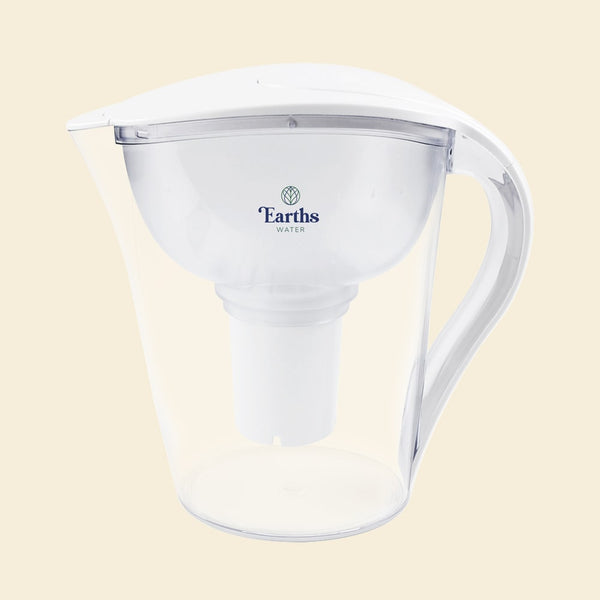
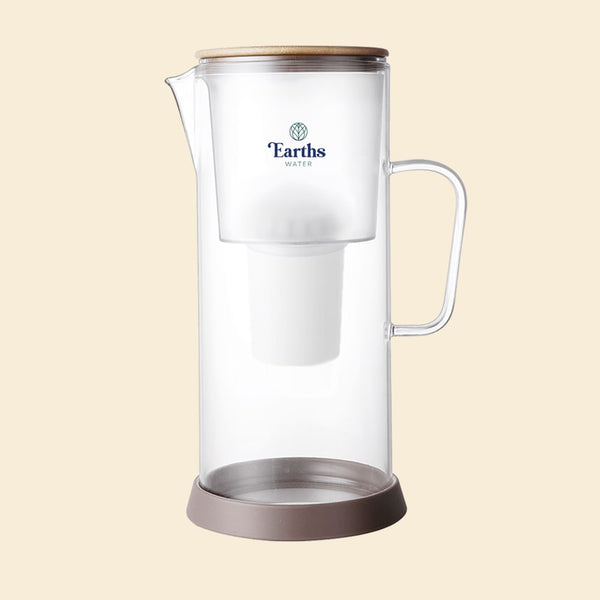
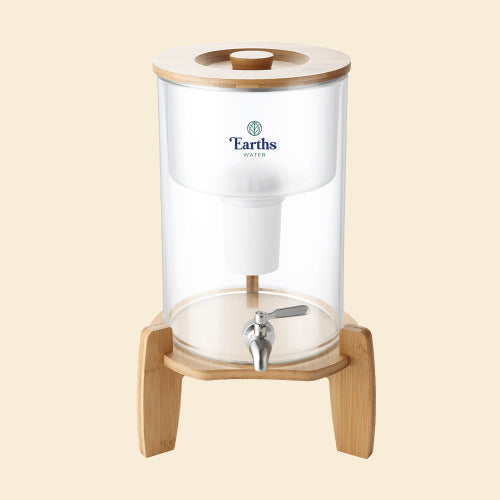
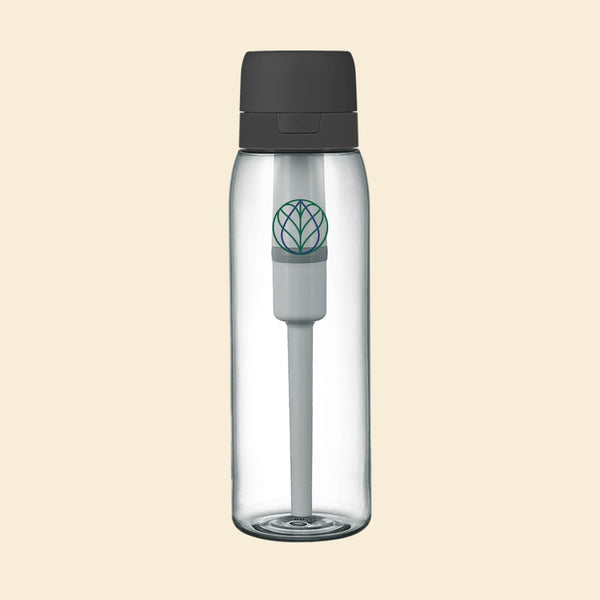
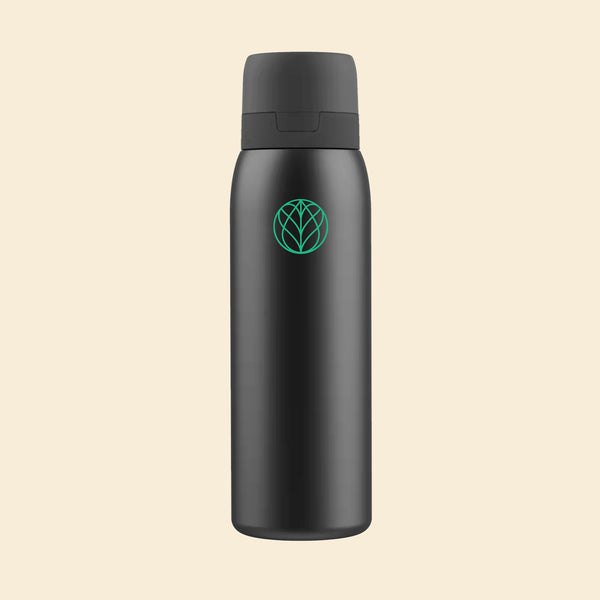
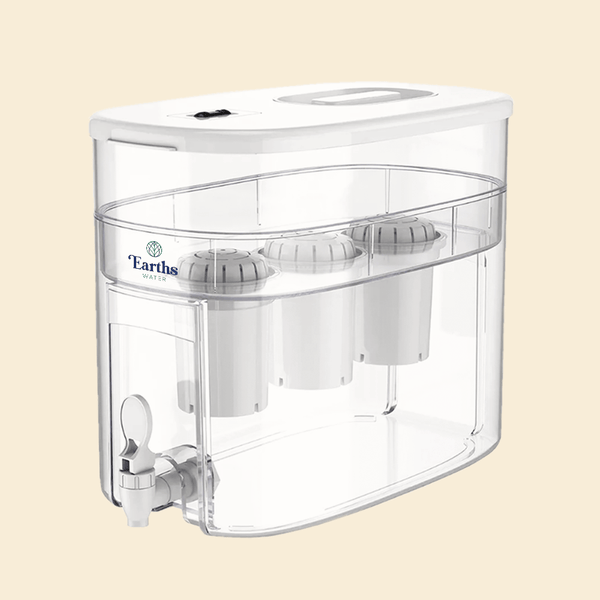
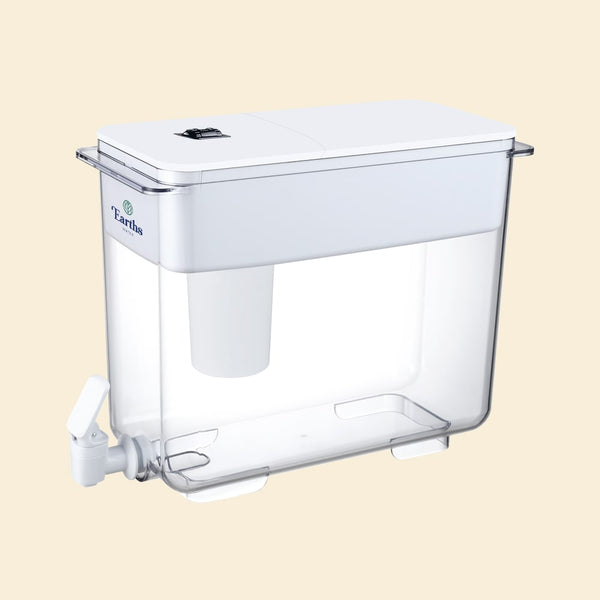

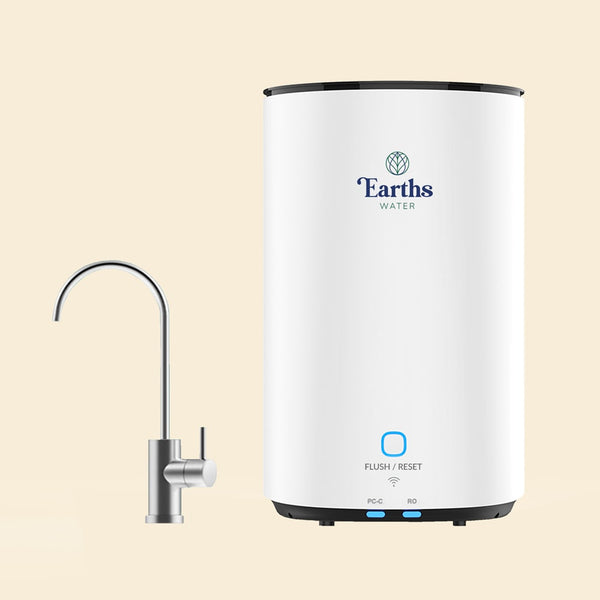
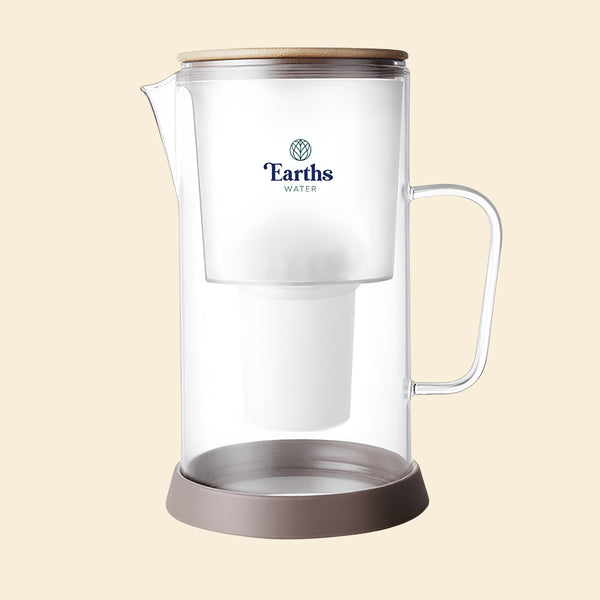

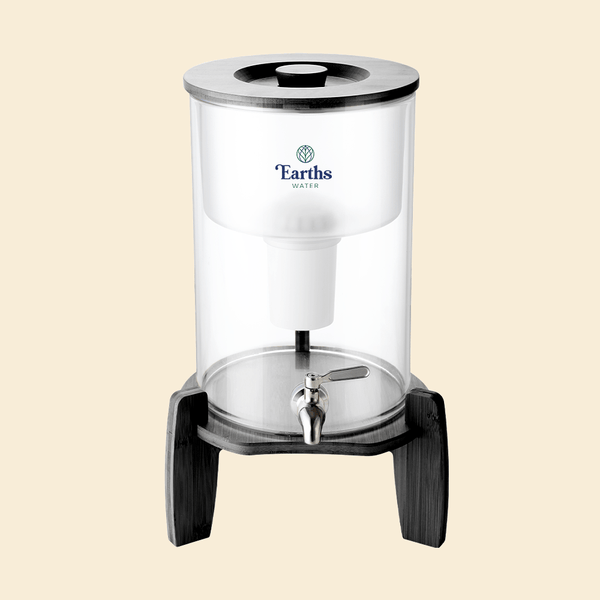
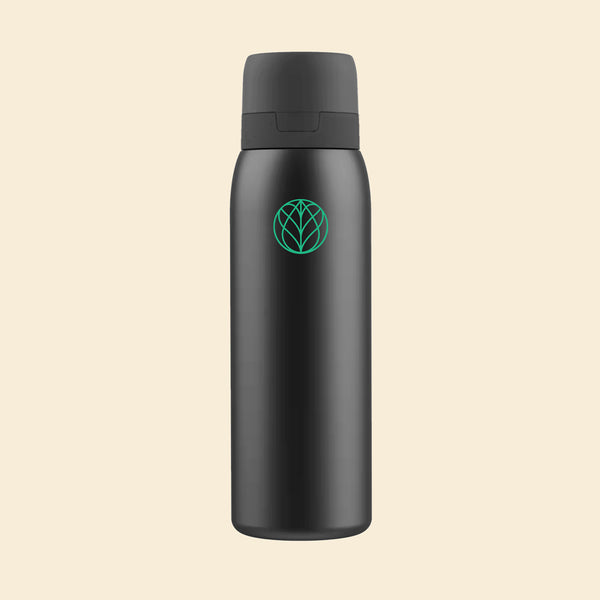
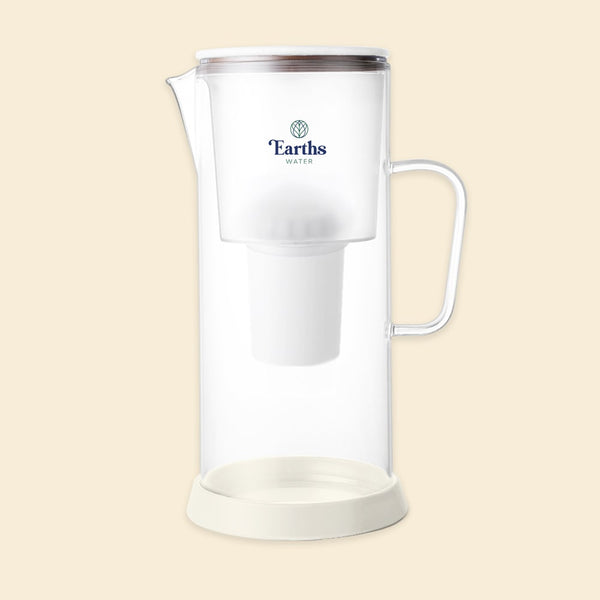
![9L Glass Benchtop Alkaline Water Filter - Eco Acacia [LIMITED EDITION]](http://earthswater.com.au/cdn/shop/files/ACACIA-BENCHTOP-FRONT-BEIGE_600x600.png?v=1743392740)



